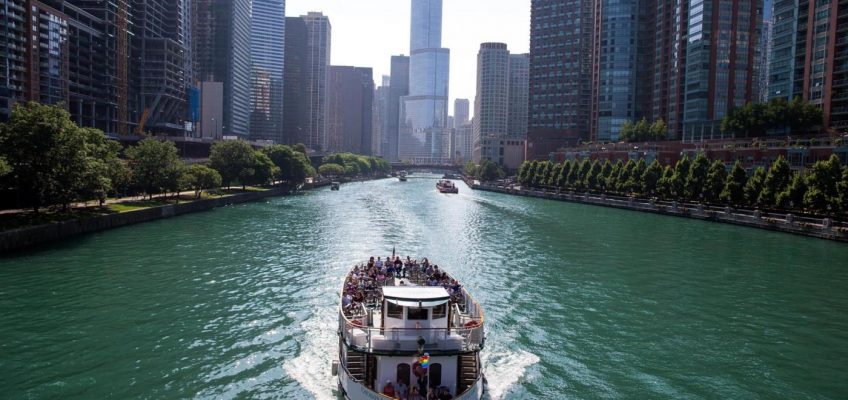As he slowly came to grips the fact that the Vikings had failed to accomplish their ultimate goal last season, edge rusher Jonathan Greenard whipped out his phone and unleashed a stream of consciousness on social media.
Frankly, he wasn’t interested in acknowledging the 14 wins he was a part of, not when it ended with the Vikings getting blown out by the Los Angeles Rams in the first round of the playoffs.
“I think I was literally on the bus or on the plane or something,” Greenard said. “All I could think of was, like, ‘Bruh, we’ve got to do more. We’ve got to dig deep somewhere and find it because more is required.’ ”
His post on social media used those exact words — “MORE IS REQUIRED” — and he’s making sure that message resonates with the Vikings as they slowly start to get back to work.
It was something right tackle Brian O’Neill noticed as soon as he arrived back at TCO Performance Center. Every player had a shirt hanging in their locker with the new mantra, “MORE IS REQUIRED,” displayed prominently for everybody to see.
“It makes sense, right?” O’Neill said. “If we want a better result, we have to do more.”
As special as last season was for the Vikings, nobody was satisfied with how it ended, and it forced everybody ask themselves how they could be better.
That included general manager Kwesi Adofo-Mensah and head coach Kevin O’Connell at the top. They sat down in the immediate aftermath of last season and tried to figure out what went wrong. It resulted in the Vikings spending more than $300 million in free agency as they were intentional where they needed to improve.
“The common theme is that we’re not getting over that hump,” safety Josh Metellus said. “Shoutout to the front office for being able to look in the mirror and say, ‘These are the things we need to get done to be able to get to that championship.’ ”
A perfect example of how the Vikings are approaching everything came when O’Neill was asked about what he wants the identity of the offense to be moving forward.
“I don’t really care,” O’Neill said. ” I want to win, and however that happens I’m good with it. Whatever we need to do to score more points than the other team, if that’s throwing 75 times or running it 75 times, let’s go do it. We’ve got to make something shake here.”
That mentality has been reflected in the work the Vikings are putting in right now.
“The guys are literally working their tails off,” Greenard said. “You would think that we’ve got a game coming up.”
Sometimes he actually needs to remind himself that isn’t the case.
“I’m like, ‘Relax. We’re in April,’ ” Greenard said with a laugh. “Man, I want to be the best version of myself for my team, because I feel like if I’m that for them, everything else can flow.”
In the meantime, Greenard doesn’t plan on changing his messaging, not until the Vikings have accomplished their ultimate goal of winning a Super Bowl.
“I don’t care how many wins we get or how much success we have,” Greenard said. “I’m always going to say more is required.”
Related Articles
Vikings quarterback J.J. McCarthy: ‘I know I’m ready to start’
Andrew Van Ginkel gets big raise from Vikings
Gophers quarterback Max Brosmer headlines UDFAs for Vikings
Which prospects are joining the Vikings? Meet the full 2025 draft class
Vikings find their backup quarterback, acquire Sam Howell from Seahawks




